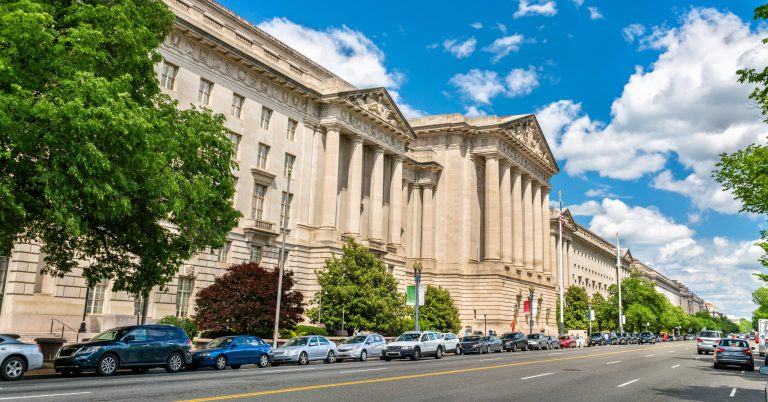EPA: Ban toxic TCE!
TSCA IMPLEMENTATION
What is TCE?
Trichloroethylene (TCE) is a volatile organic compound mostly used to manufacture refrigerant chemicals in a closed system. It is also used as a solvent for degreasing, as a spot cleaner in dry cleaning, and in consumer products, such as cleaners and solvent degreasers, adhesives, lubricants, hoof polishes, mirror edge sealants, and pepper spray.
EPA classifies TCE as a human carcinogen through all routes of exposure. It is also harmful to male reproduction, causes neurological damage, and is a liver and kidney toxin. It has also been linked to Parkinson’s Disease.
The Problem
TCE is a high exposure/high hazard chemical with several known health effects that have long been of deep concern to state and federal agencies, members of the military, labor unions, and the general public. The EPA has determined that virtually every existing condition of use of TCE presents unreasonable risks to workers and users of consumer products.
TCE air emissions and contaminated groundwater, drinking water, and soil are pervasive across the US and contribute significantly to overall TCE exposure. TCE pollution has become notorious, for example, in White Bear Township, MN; Woburn, MA; and at Marine Corps Camp LeJeune in North Carolina.
The Solution
On October 27 2023, EPA announced a proposed ban on the manufacture, processing, and use of trichloroethylene (TCE), opening a 45 day comment period on the proposal.
Related Key Project
Timeline
EPA and advocacy actions on TCE
Recent posts on TCE








